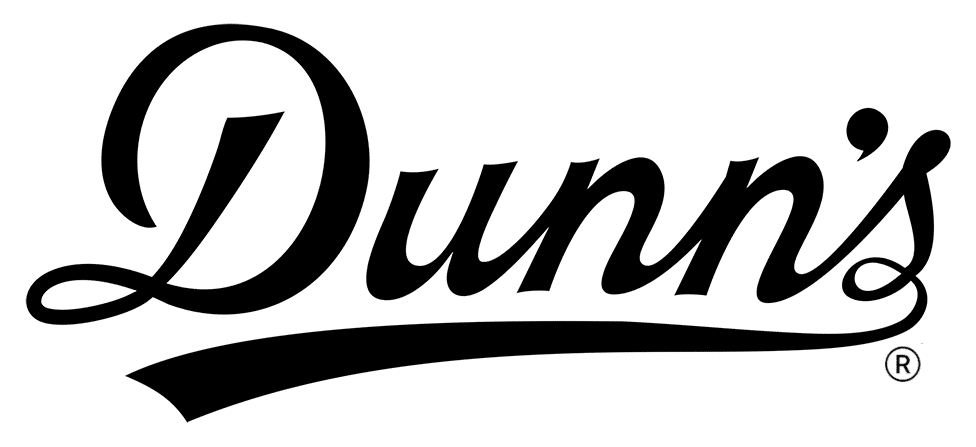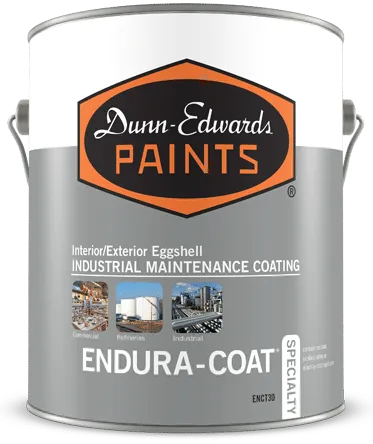MSDSs Are About to Lose the “M”
07/11/2015 | Dunn Edwards |
During May, the Material Safety Data Sheets ("MSDSs") covering all Dunn-Edwards manufactured paints will be replaced by new Safety Data Sheets ("SDSs"). The new sheets are designed to meet requirements of the revised OSHA Hazard Communication Standard, which includes elements of the UN Globally Harmonized System (GHS). The GHS is an international approach to hazard communication, providing standardized criteria for classifying chemical hazards and uniform formats for labels and SDSs.
The new GHS-Hazard Communication Standard is the first major revision since the original version was adopted by OSHA in the mid-1980s. This revision is expected to improve communication and comprehension of information on chemical hazards, and provide better protection of worker health and safety on the job. Under the revised Standard, employers are required to have new SDSs available for their workers by June 1, 2015. All Dunn-Edwards SDSs will be available here.
The new SDSs follow a standardized 16-part format, so that required information is always presented in the same order. As before, each SDS may apply to a group of products that have similar hazards and contents – that is, the ingredients are essentially the same, but the specific composition varies. A summary of the new SDS format, by section, follows.
NEW SDS FORMAT
Section 1: Identification
- Includes product identifier; name, address and phone number; emergency phone number; recommended use and restrictions on use (if any)
Section 2: Hazard Identification
- Includes all hazards regarding the chemical product; required label elements (if any)
Section 3: Composition / Information on Ingredients
- Includes information on chemical ingredients; trade secret claims
Section 4: First Aid Measures
- Includes important symptoms / effects, acute and delayed; required treatment
Section 5: Fire-Fighting Measures
- Lists suitable extinguishing techniques, equipment; chemical hazards from fires
Section 6: Accidental Release Measures
- Lists emergency procedures; protective equipment; proper methods of containment and cleanup
Section 7: Handling and Storage
- Lists precautions for safe handling and storage (including incompatibilities)
Section 8: Exposure Controls / Personal Protection
- Lists OSHA's Permissible Exposure Limits (PELs); Threshold Limit Values (TLVs); appropriate engineering controls; Personal Protective Equipment (PPE)
Section 9: Physical and Chemical Properties
- Lists the chemical product's characteristics
Section 10: Stability and Reactivity
- Lists chemical stability and possibility of reactions
Section 11: Toxicological Information
- Includes routes of exposure; related symptoms, acute and chronic effects; numerical measures of toxicity (if available)
Section 12: Ecological Information*
Section 13: Disposal Considerations*
Section 14: Transport Information*
Section 15: Regulatory Information*
Section 16: Other Information
- Includes the name of preparer (if other than the issuer of the SDS); date of preparation or last revision
*Note: Since other agencies regulate this subject information, OSHA will not be enforcing Sections 12 through 15.













